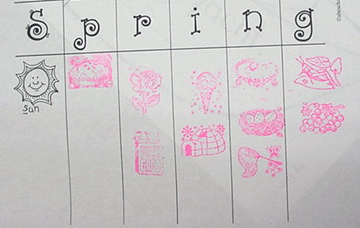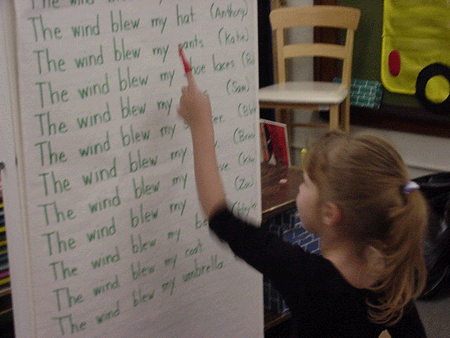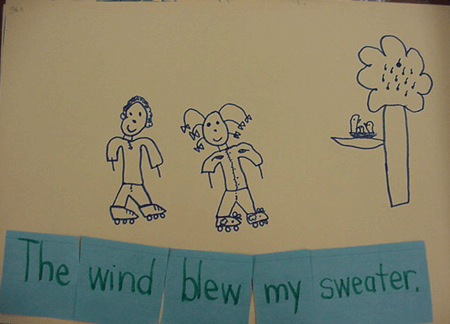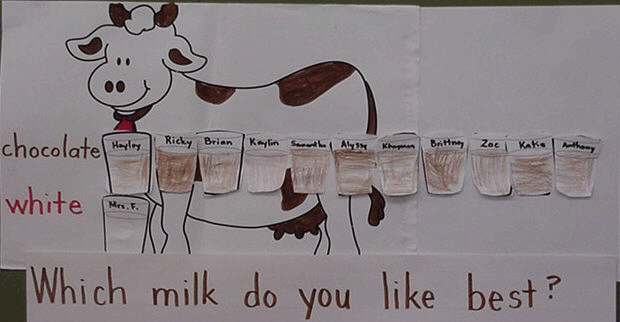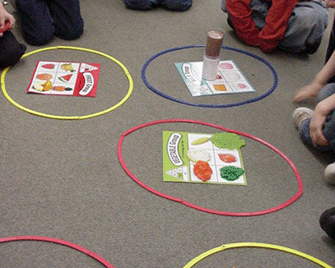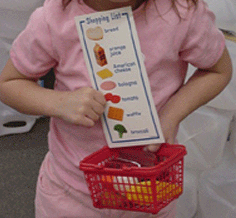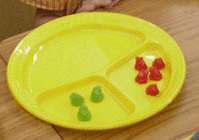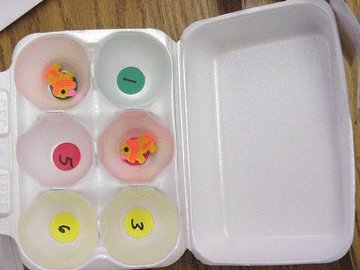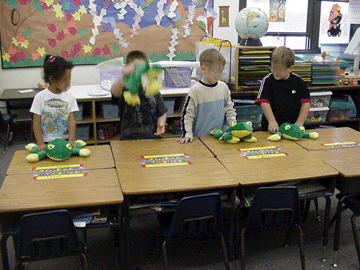Some of you will be going off to grade 1, and Mrs. Uppal and I wish you best of luck in grade one. Come by and visit us in room 164 next year. We will miss you.
The Jk's will be with us again next year but this time you will be Sk's!!!!
Mrs. Uppal and I had a wonderful year with you. You were a great class and we had lots of fun learning!!! Have a safe and happy summer!!!!
June Unit
The Farm: We will be going to visit Riverdale Farm on Wednesday June 20th. If you would like to volunteer for the trip, please indicate that on the trip form. Thank you.
1. Farm Counting Poem
One, two,
Cows moo.
Three, four,
Sheep snore.
Five, six,
Pig tricks.
Seven, eight,
Horse gate.
Nine, ten,
A big fat hen.
Cows moo.
Three, four,
Sheep snore.
Five, six,
Pig tricks.
Seven, eight,
Horse gate.
Nine, ten,
A big fat hen.
2. Alphabet Farm Song
(Tune: Old MacDonald Had a Farm)
(Tune: Old MacDonald Had a Farm)
Mrs. _______ had a farm
A B C D E
Letters, letters in the hay
F G H I J
A B C D E
Letters, letters in the hay
F G H I J
With a K L M, N O P
Pigs and ducks and bumblebees..
Pigs and ducks and bumblebees..
Q R S T U and V
W X Y Z
W X Y Z
3. Old MacDonald
4. BINGO
5. Mary Had a Little Lamb
4. BINGO
5. Mary Had a Little Lamb
6. Farm Sounds
(tune: Wheels on the Bus)
The cows in the barn go moo,
moo, moo, (tune: Wheels on the Bus)
Moo, moo, moo -- moo, moo, moo.
The cows in the barn go moo, moo, moo,
All around the farm.
Other verses:
... pigs in the pen go oink,
oink, oink
... hens in the coop go
cluck, cluck, cluck
... rooster on the fence
goes cock-a-doodle-do
... ducks in the pond go
quack, quack, quack
... lambs on the hill go
baa, baa, baa ... bunnies in the hutch go (silently wiggle nose with finger)
Activities
1. Who Lives On a Farm?
Creating their own farm books
Children will use the phrases below and fill in the blanks to create their own farm books.
A _____ lives in a barn.(the blank is the animal name)
The list of animals the children came up with: pig,
cow, lamb, horse, dog, cat, mouse,
duck, hen, rooster, rabbit, frog, cat, dog, chicken, turkey
duck, hen, rooster, rabbit, frog, cat, dog, chicken, turkey
2. Children will be making a list of the sounds the animals make and add them to their book
for example, " A __________ says __________ (the blanks are for the animal and the sound, "A cow says moo"
3. We will be learning the proper names for all the animals( mother, father and baby) |For example,Ram, Sheep and Lamb, Rooster, Hen, chick
4. Sorting through farm animals and zoo animals ( I find a lot of children get confused between the two types of animals)
5.Make a class graph of their favourite farm animal.
6.Students are given
individual baskets of farm animal manipulatives to graph.
8. Making their favourite animal puppet using a brown paper bag and construction paper.
7.The children will glue a green grass foreground on to blue construction paper background. They glued on a barn (from a barn tablet). Then they cut and colored animals for their picture.
8. Making their favourite animal puppet using a brown paper bag and construction paper.
Easy Farm Games
1.My class likes to play The Farmer in the Dell
Duck Duck Goose.
Duck Duck Goose.
2.We also do relay races carrying eggs on spoons
(I use plastic eggs for less mess).
(I use plastic eggs for less mess).
3. We act out characteristics of farm animals and the class has to guess, either acting like the animal or making a specific barnyard animal sound.
Seniors
Language
We will be continuing to:
- read and learn new high frequency words.
- sound out new words
- write sentences and learn that a capital goes at the beginning of the sentence and a period at the end. Spacing between words.
- try to write more than one sentence to add to their pictures
- learn word families, for example, "at" words such as cat, mat, pat bat
(other word families: it, op, an, etc)
Math
- continue to learn how to add simple math stories, for example 2+3, 4+5, 3+1
- learn how to subtract simple math stories, for example 2-1, 4-2, 6-3
- review numbers from 1 to 100 (orally counting and recognizes those numbers)
Juniors
- review letters, both upper and lowercase
- learn sounds to get ready for spelling
- try to recognize simple high frequency words in stories, for example, a, I, to, go
- work on retelling a simple story using language from the book
Math
- review numbers from 1-10
- challenge those to count to 20 or more and recognize numbers to 20 or further
- review sorting and patterning skills
Seniors
Language
We will be continuing to:
- read and learn new high frequency words.
- sound out new words
- write sentences and learn that a capital goes at the beginning of the sentence and a period at the end. Spacing between words.
- try to write more than one sentence to add to their pictures
- learn word families, for example, "at" words such as cat, mat, pat bat
(other word families: it, op, an, etc)
Math
- continue to learn how to add simple math stories, for example 2+3, 4+5, 3+1
- learn how to subtract simple math stories, for example 2-1, 4-2, 6-3
- review numbers from 1 to 100 (orally counting and recognizes those numbers)
Juniors
- review letters, both upper and lowercase
- learn sounds to get ready for spelling
- try to recognize simple high frequency words in stories, for example, a, I, to, go
- work on retelling a simple story using language from the book
Math
- review numbers from 1-10
- challenge those to count to 20 or more and recognize numbers to 20 or further
- review sorting and patterning skills
